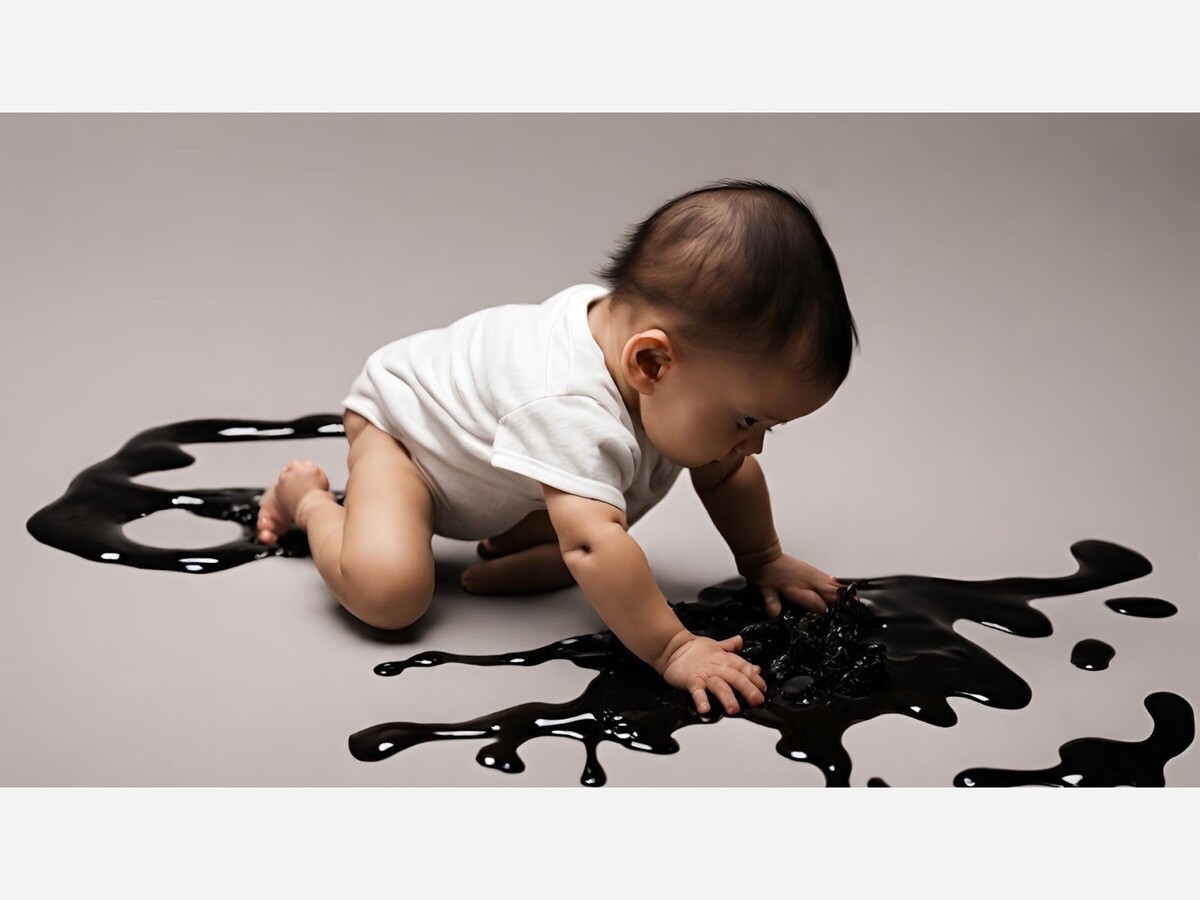Image

Bottles. Food containers. Bags. All of these things are made of plastic. Recycling does help reduce waste, but there’s more to consider: Microplastics.
Tom Cosgrove, the chief creative and content officer of EARTHDAY.ORG, explains micro plastics and how they pose a threat to the environment and to people’s health. His team at the organization have written and released a report about where microplastics are found and how to limit their issue.
“The issues of plastics and pollutions is really well known and I think that most people are aware that there’s a growing issue with pollution in the world,” Cosgrove said. “We found a surprising lack of knowledge around two things with plastics. One, what they are and they are essentially patrolling in products and they are made from oil and two, that there are growing concerns about health impacts of plastics.”
Microplastics are everywhere from food containers to the atmosphere. The report has shown that babies are the most vulnerable in consuming micro plastics through toys, cups and other items. Mouthing, crawling and teething these products by infants can pose a serious health risk.
Babies and infants rely heavily on taste to decode their world and that involves putting practically everything into their mouths. The mouth is full of sensory nerve endings that communicate directly with our brain. Chewing tells babies if the item they are mouthing is food or not, if it is hot or cold, sweet or sour, hard or soft, as well as much other information that babies seem to want. Typically this ‘tasting’ stage stops at around three years old, but it means babies are essentially hardwired to chew on plastics, according to the report.
“Whether it’s a pregnant woman or a mom with a newborn the challenges remain,” Cosgrove said. “It’s a very challenging problem. It’s a problem for babies. After they’re born it’s a problem for fetuses in the womb. It’s a problem throughout the cycle. The main push here is to say that we have to find other solutions to these plastics.”
Some ways parents can help reduce the risk would include:
There have been some changes to help limit the exposure of these oil-based plastics. One of them included legislation in 2012 for the FDA to ban baby bottles and sip cups. They were banned due to the chemical that was used to make them, which was bisphenol A, or BPA.
“I think that is a great step, we need more steps like that,” Cosgrove said. “We need to get to a point where finding replacements for all these parts and products.”
EARTHDAY.ORG is currently taking other actions to help reduce the risk of these micro plastics. One of them includes the Global Plastic Treaty. In their report, they asked the United Nations Environmental Programme (UNEP) to formally recognize the health implications of exposure to microplastics, plastics, and their additive chemicals to ensure plastics and health are not just included in the Global Plastic Treaty but are at the heart of it.
To learn more about the micro plastics and to help with the organization’s mission, visit EARTHDAY.ORG.